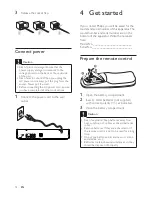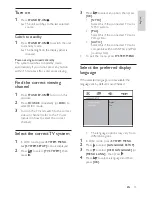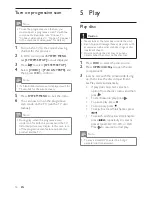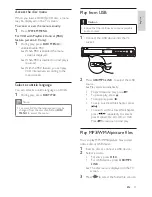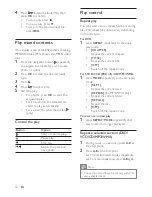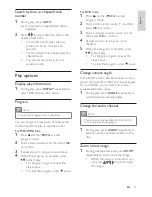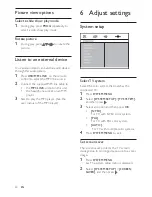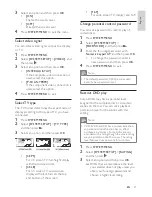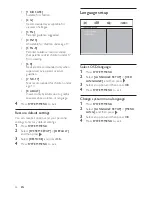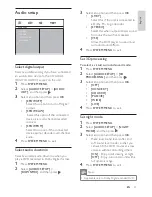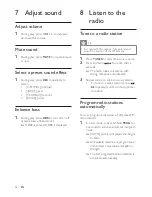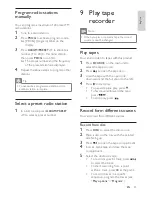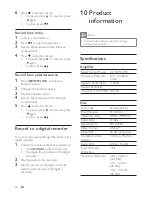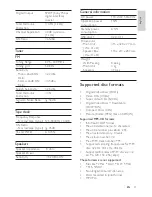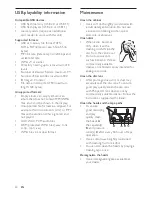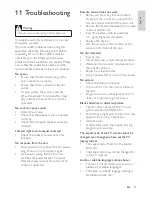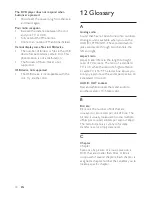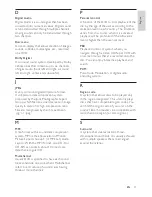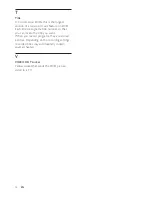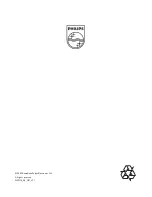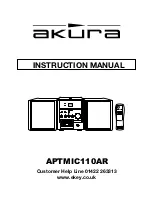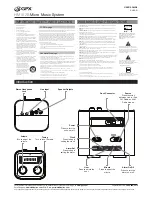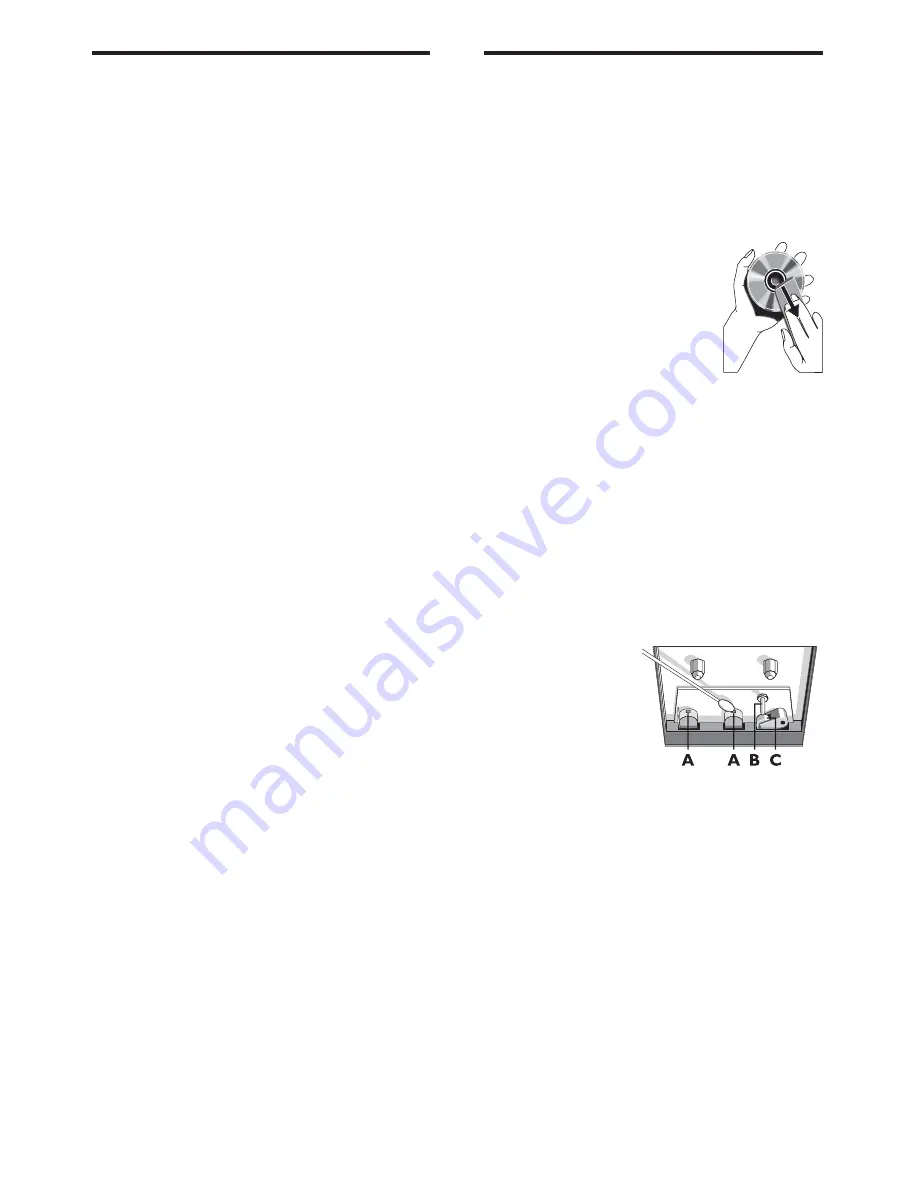
28
Maintenance
Clean the cabinet
Use a soft cloth slightly moistened with
a mild detergent solution. Do not use
a solution containing alcohol, spirits,
ammonia or abrasives.
Clean discs
When a disc becomes
dirty, clean it with a
cleaning cloth. Wipe the
disc from the centre out.
Do not use solvents
such as benzene, thinner,
commercially available
cleaners, or antistatic spray intended for
analogue records.
Clean the disc lens
After prolonged use, dirt or dust may
accumulate at the disc lens. To ensure
good play quality, clean the disc lens
with Philips CD lens cleaner or any
commercially available cleaner. Follow the
instructions supplied with cleaner.
Clean the heads and the tape paths
To ensure
good recording
and play
quality, clean
the heads
A
,
the capstan(s)
B
, and pressure
roller(s)
C
after every 50 hours of tape
operation.
Use a cotton swab slightly moistened
ZLWKFOHDQLQJÁXLGRUDOFRKRO
You can also clean the heads by playing a
cleaning tape once.
Demagnetise the heads
Use a demagnetising tape available at
your dealer.
USB playability information
Compatible USB devices:
86%ÁDVKPHPRU\86%RU86%
86%ÁDVKSOD\HUV86%RU86%
memory cards (requires an additional
card reader to work with this unit)
Supported formats:
86%RUPHPRU\ÀOHIRUPDW)$7
FAT16, FAT32 (sector size: 512-65,536
bytes)
MP3 bit rate (data rate): 32-320 Kbps and
variable bit rate
WMA v9 or earlier
Directory nesting up to a maximum of 8
levels
Number of albums/ folders: maximum 99
Number of tracks/titles: maximum 800
ID3 tag v2.0 or later
File name in Unicode UTF8 (maximum
length: 128 bytes)
Unsupported formats:
Empty albums: an empty album is an
album that does not contain MP3/WMA
ÀOHVDQGLVQRWEHVKRZQLQWKHGLVSOD\
8QVXSSRUWHGÀOHIRUPDWVDUHVNLSSHG)RU
example, Word documents (.doc) or MP3
ÀOHVZLWKH[WHQVLRQGOIDUHLJQRUHGDQG
not played.
$$&:$93&0DXGLRÀOHV
'50SURWHFWHG:0$ÀOHVZDYPD
.m4p, .mp4, .aac)
:0$ÀOHVLQ/RVVOHVVIRUPDW
EN

